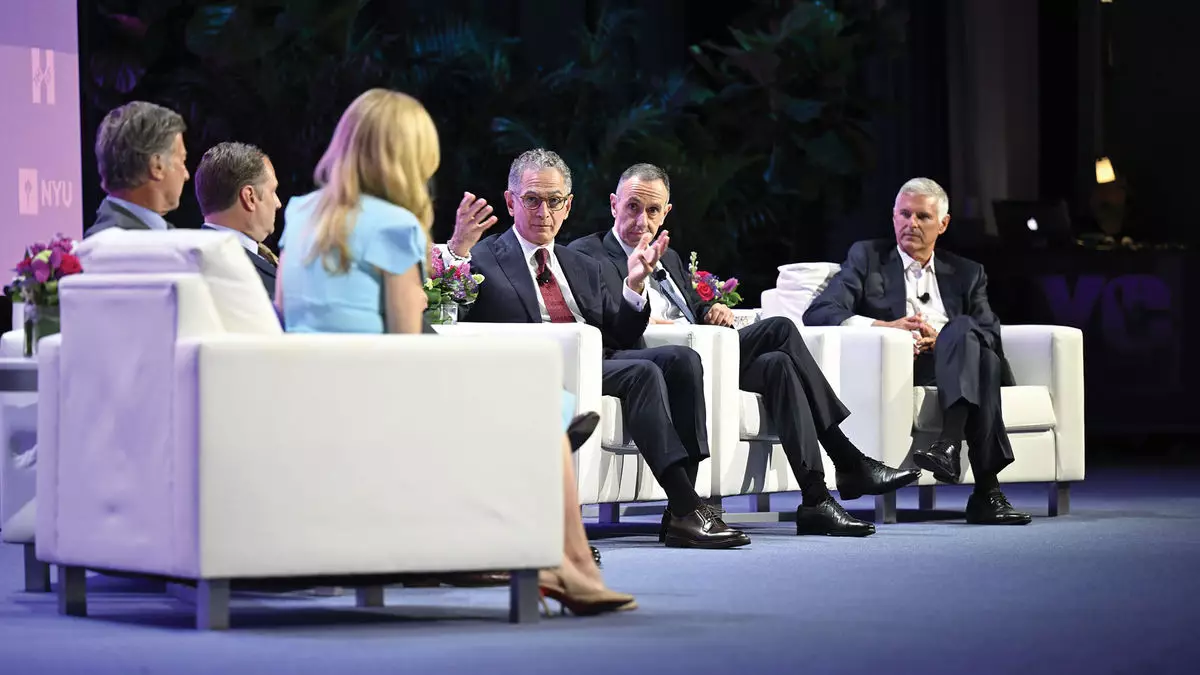The landscape of the hospitality industry is experiencing a shift in travel trends, with the leisure travel boom showing signs of cooling off. However, this decline is being compensated by a surge in demand from business travelers and groups, as highlighted by hotel CEOs at the NYU International Hospitality Industry Investment Conference.
According to Mark Hoplamazian, the CEO of Hyatt Hotels Corp., the company is still experiencing growth in leisure travel but at a slower pace compared to the last two years. The significant change this year has been the resurgence of business travel, with corporate accounts up by 12% through April. This indicates a 6% increase in the business travel segment year over year, marking a steady rise in this particular market.
Marriott International CEO, Anthony Capuano, emphasized that groups are currently the strongest-performing segment in the industry. He noted that group clients are now looking to book five to seven years in advance to secure specific dates, space, and cities for their events, reflecting the robust demand in this area.
Accor CEO Sebastien Bazin shared that the company has successfully negotiated significant rate hikes during annual meetings with global corporate accounts. Hilton CEO Christopher Nassetta attributed the industry’s pricing power to the scarcity of new hotel supply, indicating a lack of funding for new developments. This has created a scenario where demand continues to grow while the supply remains limited, resulting in a super-cycle of historically low supply growth for the coming years.
Marriott’s Capuano highlighted the intense competition for conversions due to reduced lending for new construction projects. Developers are now exploring unconventional ideas, such as converting under-occupied office buildings into hotels, as mentioned by IHG Hotels & Resorts CEO Elie Maalouf. He emphasized the need for creativity in such conversions, acknowledging the challenges and costs associated with transforming office spaces into hotels.
The hospitality industry is witnessing a transformation in travel patterns, with a resurgence of business travel and a strong demand from group clients. This shift in trends is driving rate hikes, pricing power, and innovative conversions, indicating a dynamic and competitive landscape for hotels and resorts. As the industry continues to evolve, adaptation, creativity, and strategic planning will be crucial for success in capturing the expanding market opportunities.

